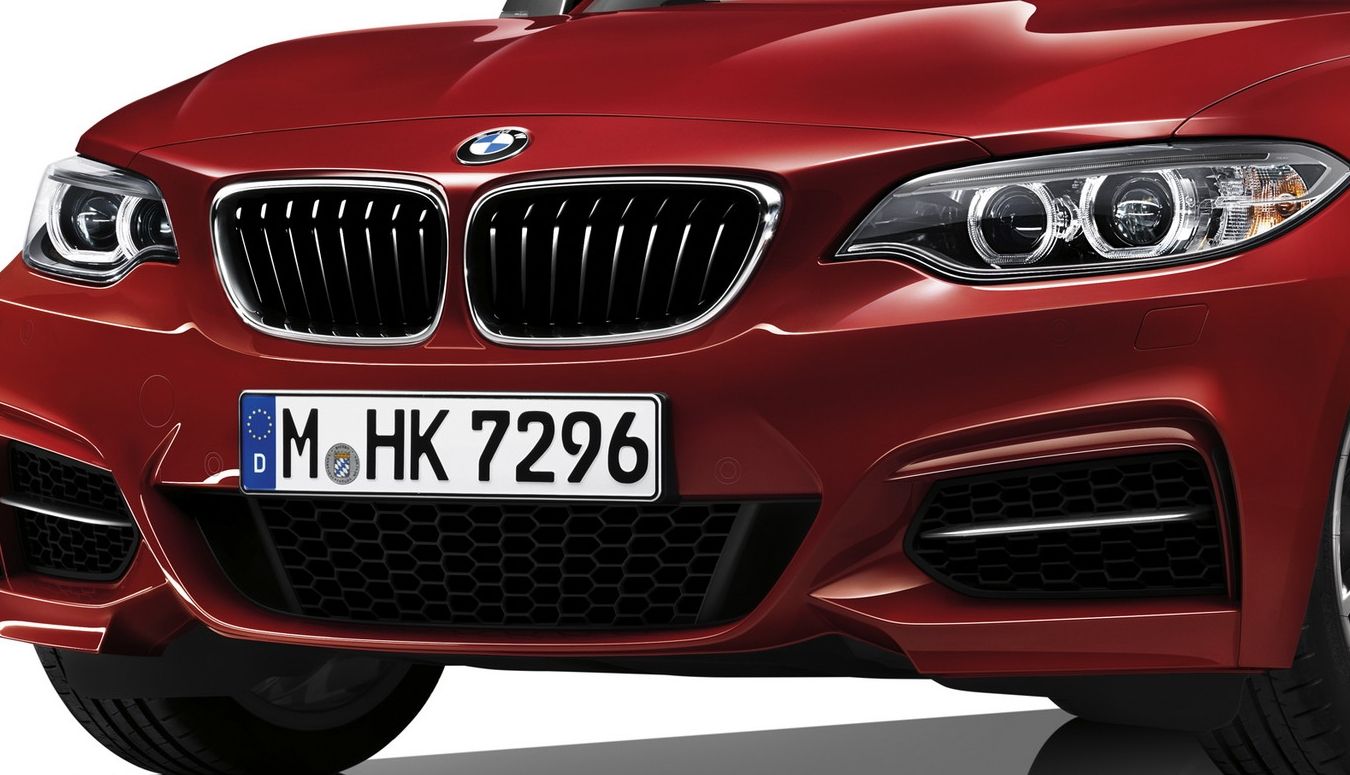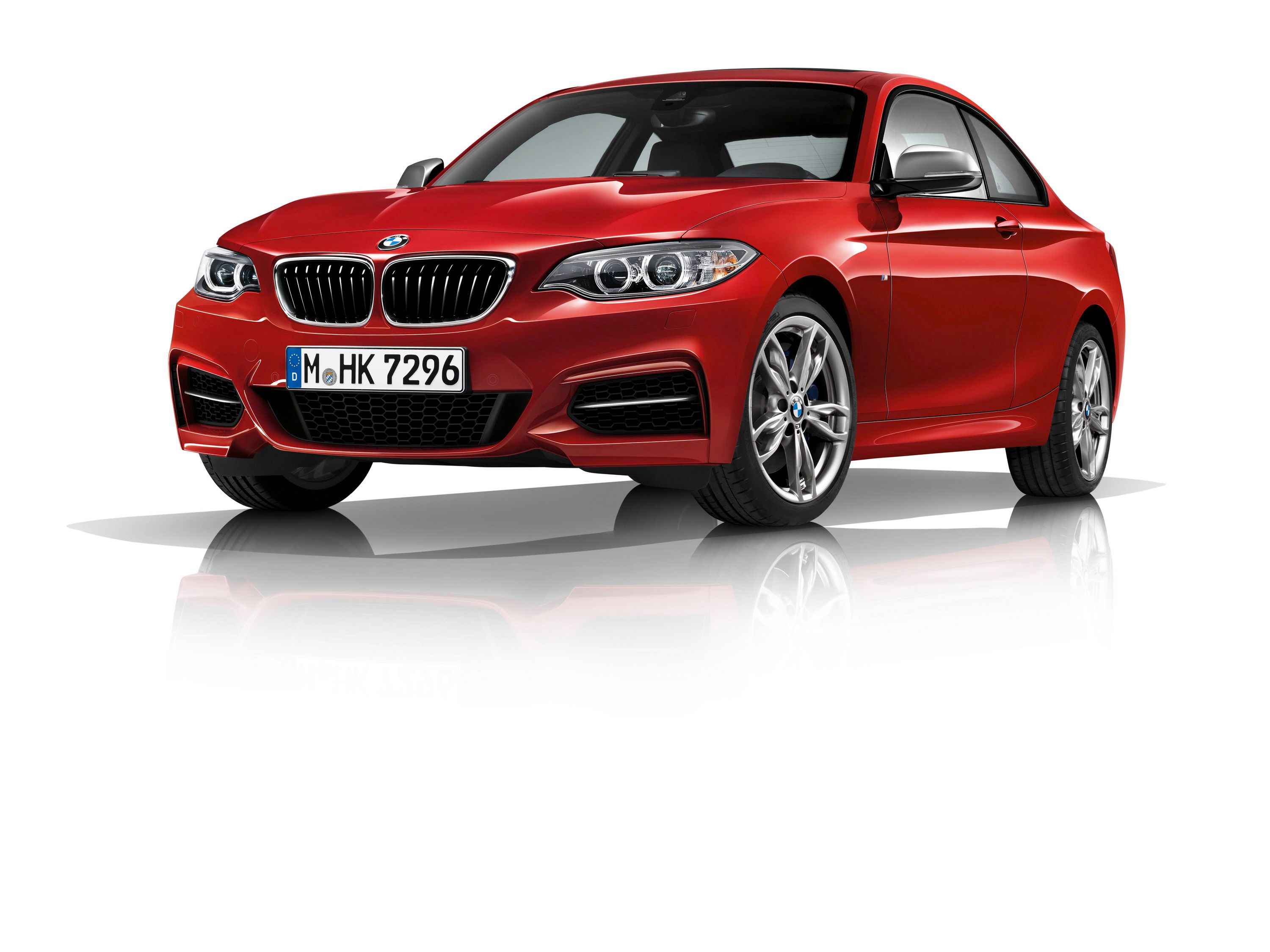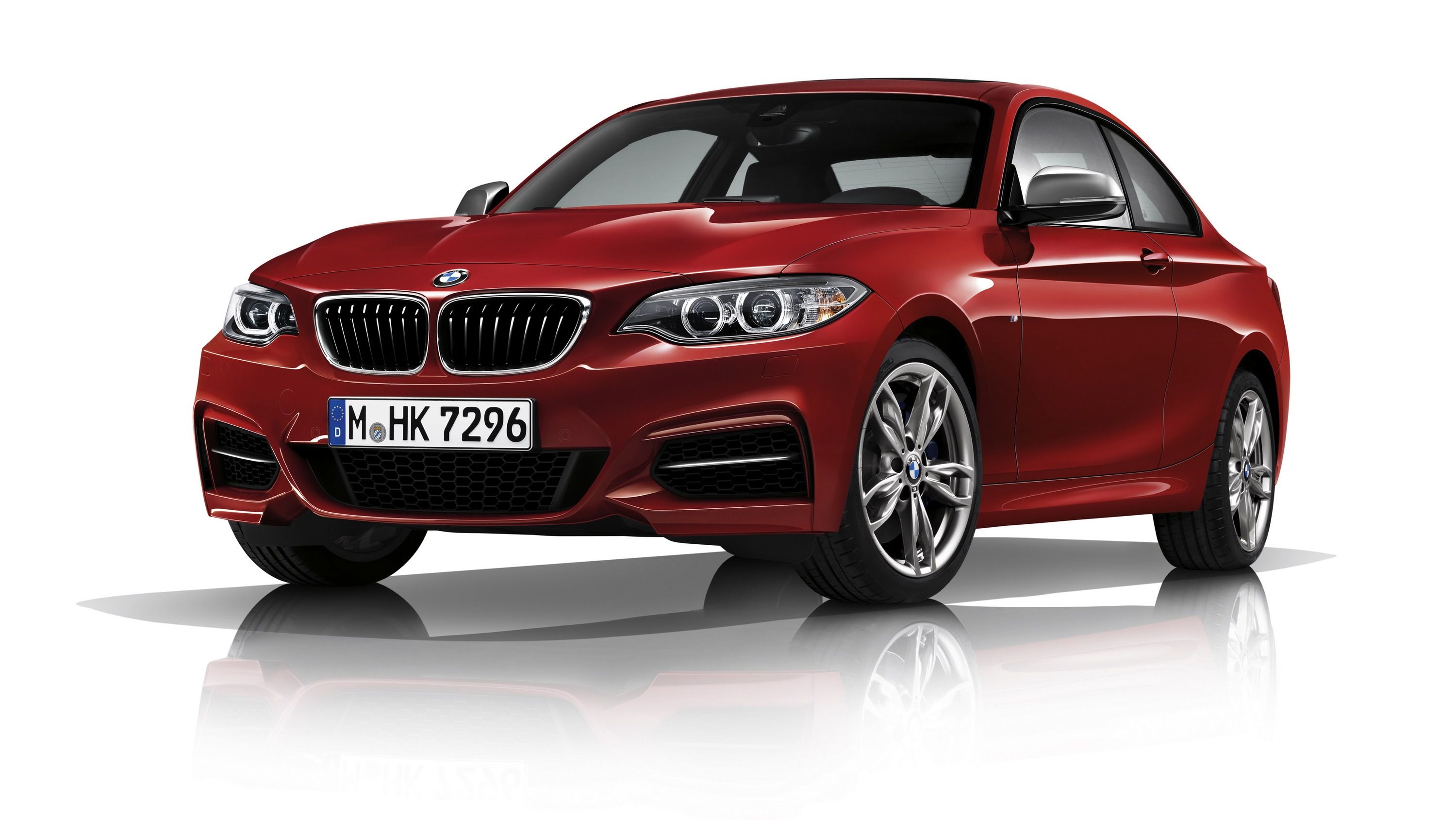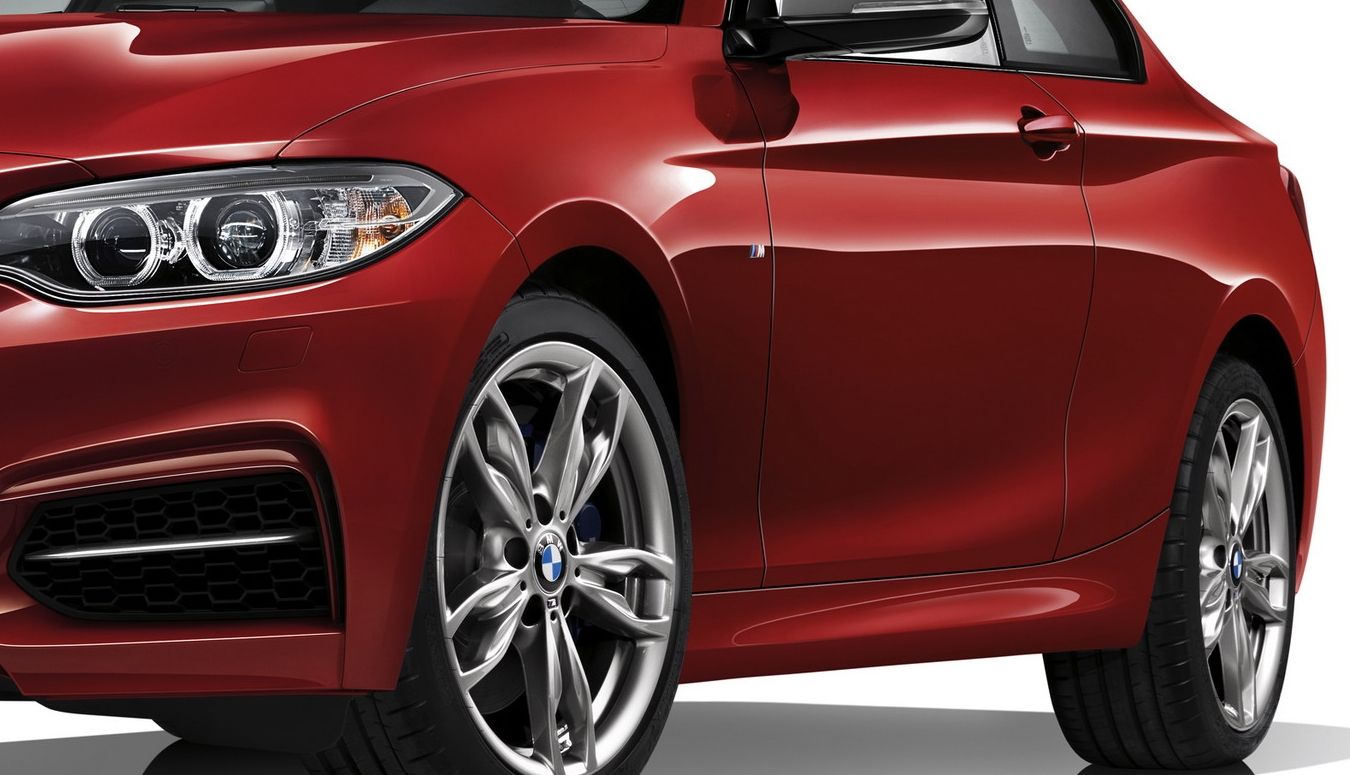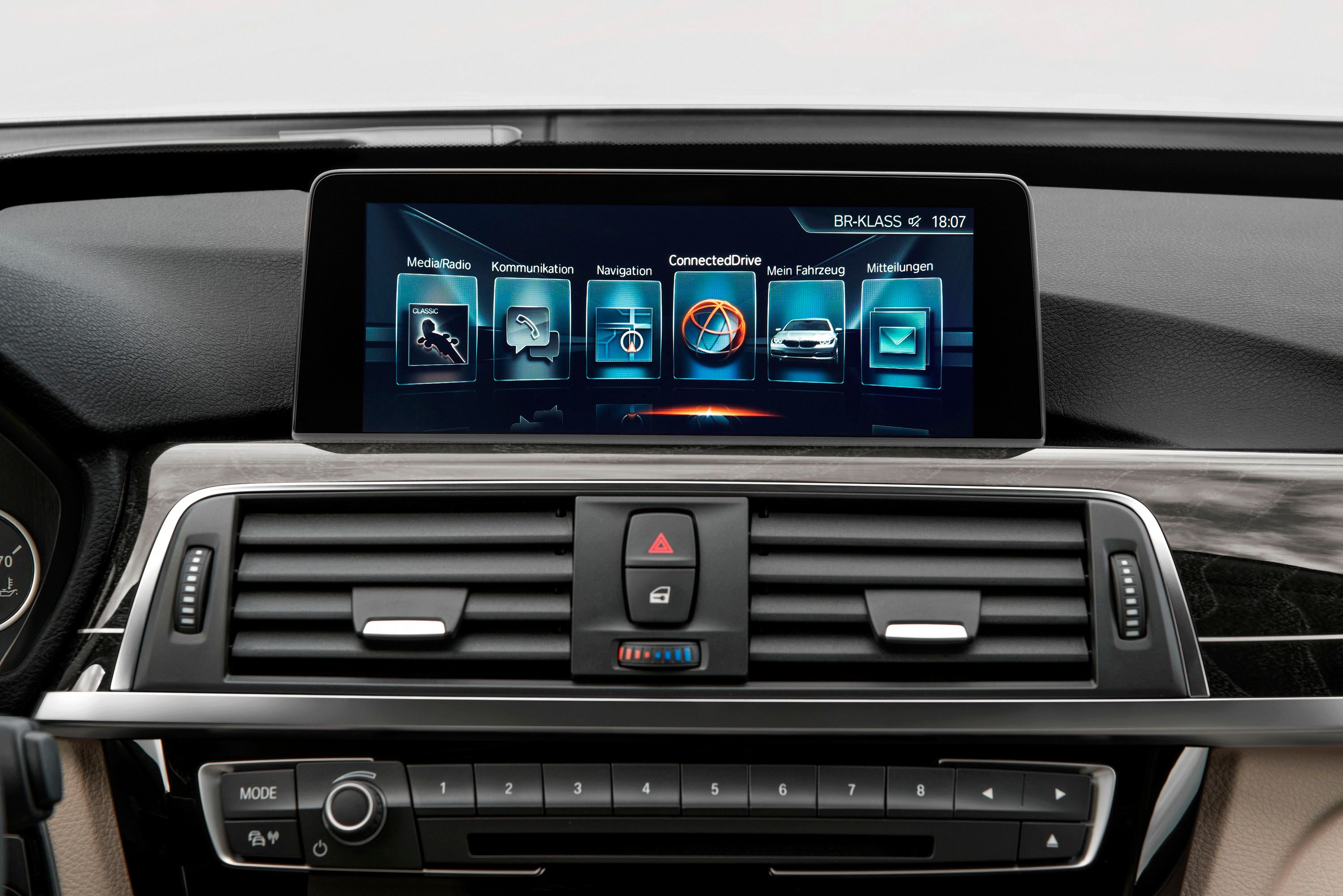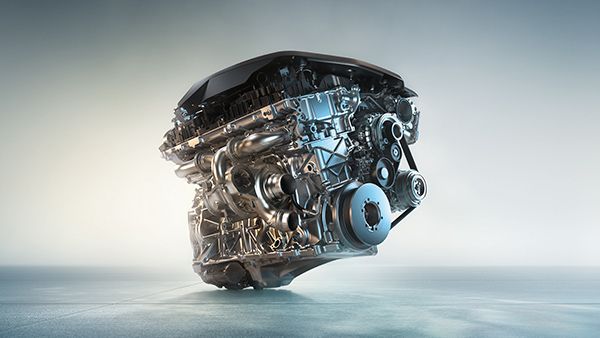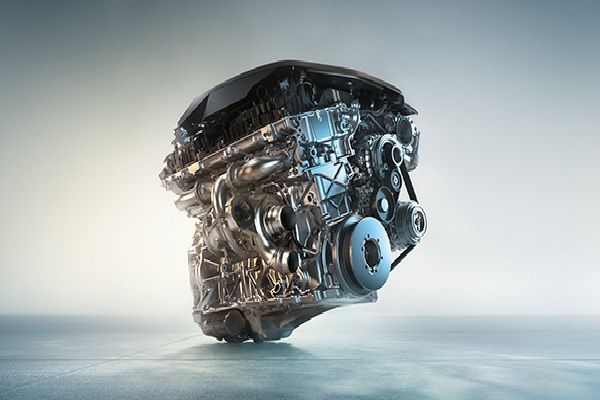For the moment, anyone who climbs the BMW 2 Series->ke2065 model ladder will eventually reach the M235i Coupe. Essentially the penultimate step before the top dog M2, the M235i offers copious sporting cues and performance-oriented hardware, but doesn’t bash the sensibilities (or bank account) quite like its hardcore sibling. Now at the halfway mark in its lifecycle, the compact->ke140 is due for a refresh for the 2017 model year, which means an updated engine, and consequently, a new name – M240i. So far, official details from the Bavarians are limited, but given what we’re hearing from the rumor mill, you should also expect to see new equipment for the headlights and the cabin.
By all accounts, the M240i is exactly what we need from Bimmer,->ke178 with more ponies, lower fuel consumption, quicker acceleration, and presumably, the latest gadgetry. Further details will drop this summer, but for now, read on for what we’ve learned so far.
Updated 03/23/2016: BMW announced prices for its latest M240i Coupe. Check the prices section to see how much you will have to pay for both the standard and the xDrive versions.
Continue reading to learn more about the 2017 BMW M240i.
2017 BMW M240i
- Make: Array
- Model: 2017 BMW M240i
- Engine/Motor: inline-6
- Horsepower: 335
- Torque: 369
- Transmission: six-speed manual
- [do not use] Vehicle Model: Array
Exterior
When it comes to styling, the M240i looks identical to its M235i predecessor. Or at least it does from the front, and although we have yet to see an official shot of the rear, it’s unlikely BMW will change the tail without also updating the front fascia.
The kidney grille is joined by three lower intakes (sans fog lights), with a long, muscular hoodline that draws the eyes towards the back. The flanks show a defined shoulder line and flared lower side skirts, which pull into a taut rear end. Mirror caps come finished with Ferric Grey metallic paint. The tail is neatly rounded, with a subtle lip spoiler attached to the trailing edge of the trunk, plus there is a flat-black lower insert that houses dual polished exhaust tips. In the corners are standard 18-inch alloy wheels from M, with an exclusive double-spoke design.
Rumor has it the M240i will get BMW’s new organic LED (OLED) headlights, which would greatly enhance the car’s cutting-edge appearance. If it doesn’t get OLEDs, expect the usual Xenon units, complete with adaptive technology, auto-leveling, “Corona” rings, and LED accents. Options will include plenty of carbon fiber replacement parts, including a new rear spoiler, mirror caps, and exhaust tips.
Interior
Note: BMW M235i pictured here.
In terms of look and layout, nothing should really change inside the cabin. The driver-centric design will feature a three-poke, M-branded multifunction steering wheel wrapped in leather, as well as a brushed-metal dead pedal. Sport pedals will be a factory option. More brushed metal will be used for the trim elsewhere, while wood and carbon fiber will also be available. A standup infotainment screen will adorn the top of the dash, and the seats will have decently sized lateral bolsters. Seat upholstery will be cloth and Alcantara with contrast stitching, while additional upholstery colors will be offered in either black, brown, white, or red.
As for refinement, the M240i offers new acoustic shielding in the engine compartment, effectively lowering noise levels in the cabin.
While not yet confirmed, it’s expected that the biggest upgrades for the cabin will be the infotainment technology. To begin, the M240i will probably offer a Wi-Fi hotspot, as well as Apple CarPlay and Android Auto integration, plus inductive mobile device charging.
While not revolutionary, these new features will go a long way in bringing the M-influenced 2 Series up to spec.
Drivetrain
Note: BMW M235i pictured here.
Here’s where it gets good. The M235i is powered by a turbocharged, 3.0-liter inline six-cylinder engine with direct injection and variable valve lift. Also known as the N55, this powerplant has been in use since 2009, and is known for its smoothness and considerable output. In the M235i, it creates 320 horsepower at 5,800 rpm and 332 pound-feet of torque at 1,300 rpm. That’s good enough to propel the Coupe variant to 60 mph in 4.6 seconds (4.4 seconds if equipped with AWD).
The N55 has had a great run, but it’s time for something new – specifically, the B58. While technically still a boosted 3.0-liter straight-six, the B58 gets a few extra cc’s and a slightly larger turbocharger compared to the N55, plus the same fuel and valve magic as its predecessor.
Long story short, the M240i has 15 more horsepower than the M235i, up to 335 horsepower total. Torque is even more impressive, up to 369 pound-feet total, an increase of 39 pound-feet. Peak power hits at 5,500 rpm, while peak torque is between 1,520 rpm and 4,500 rpm.
If those numbers look familiar, it’s because they are the same output levels as the venerable 2011 BMW 1 Series M Coupe. And to me, that makes the M240i Coupe a bit too close to the M2 in terms of performance (more on that in the Conclusion).
As before, the penultimate 2 Series is equipped with RWD as standard, and BMW xDrive (AWD) as an available option.
An eight-speed Steptronic automatic transmission is also standard equipment, offering wider gears for greater efficiency, launch control for quicker sixty-foot times, and predictive shifting for optimal shift timing. Thankfully, fans of three pedals can opt for a six-speed manual with rev-matching technology at no cost on RWD models.
Now here’s the important part – in the 0-to-60 mph sprint, the M240i beats the M235i by two-tenths of a second, no matter the configuration. That means 4.6 seconds with a manual, 4.4 seconds with an automatic, and 4.2 seconds with AWD.
While offering greater thrust, the M240i is also more economical. In addition to updates to the Valvetronic fully variable valve control and Double-VANOS variable camshaft timing, there’s also the usual auto start/stop feature and brake energy regeneration. Lay off the loud pedal, and fuel economy should improve by as much as 7 percent compared to the M235i.
Note: BMW M235i pictured here.1}
Securing BMW’s promise of fun behind the wheel is the traditional lineup of handling upgrades. The standard spec includes M Sport brakes, variable sports steering, and adaptive M suspension. New for 2017, the ride height was dropped by 10 mm (0.4 inches).
Making it stick are Michelin Pilot Super Sport tires.
Prices
The M240i Coupe is priced from $45,145 in the U.S. For this amount, you'll take home the rear-wheel drive model. To upgrade to the xDrive version, you'll need to add another $2,000, for a starting price of $47,145. For reference, the M240i is $995 more expensive than the M235i it replaces.
|
BMW M240i Coupe |
$45,145 |
|
BMW M240i xDrive Coupe |
$47,145 |
Competition
Mercedes-AMG CLA 45
This entry-level Benz gets all the bells and whistles as the rest of the stable, but in a more compact package. It’s also the quickest option here, besting the Bimmer with 375 horsepower and 350 pound-feet of torque. In fact, it takes the Bavarian’s M2 to keep pace, even though the Merc starts under $50,000.
Read the full review here.
Audi S3 Sedan
The four-ring brand just dropped details on the refreshed S3 sedan, and as in years past, it’s the more mature option when looking for small, luxurious German performance. Under the hood is an extra 10 horsepower and 15 pound-feet of torque for the 2.0-liter four-cylinder, with 310 ponies and 295 pound-feet now available with a dab of the right foot. Routed through the standard quattro AWD system, a sprint from 0-to-60 mph takes roughly 4.7 seconds.
Read the full review here.
Conclusion
Note: BMW M235i pictured here.
As before, six cylinders, RWD, and a true-blue manual transmission are what set this thing apart. The new gadgets and interior tech will be nice, but at the end of the day, most folks will undoubtedly prioritize the extra output when comparing the Bimmer to its rivals.
But that puts the top of the 2 Series lineup in a funny position. With this new level of output, the M240i looks like it might undercut the M2. Why drop nearly $52,000 when you can get more or less the same levels of performance from the M240i?
Naturally, I can think of only one justification – BMW is cooking up a similar power boost for the range-topper. And that, my friends, is a very good thing indeed.


